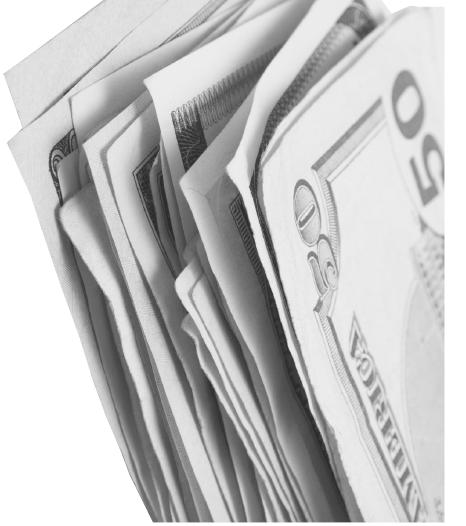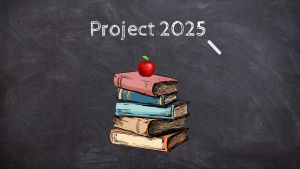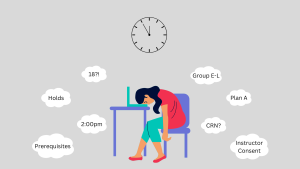Going to college directly out of high school sounded like the perfect plan to Becky Smith. The federal government gave her money for her books, her tuition and her living expenses. She had it made. It took her one semester to learn that she did not actually have to attend classes in order to get the government money.
It took the government two more semesters to decide not to front her money to attend college frat parties anymore. By the time Smith was 20 years old, she owed the government $20,000, and she could not have cared less. When she defaulted on her student loans, the $20,000 debt suddenly turned into $26,000 and the interest continued to accrue.
Fast forward 20 years to 2012 and Smith is still dealing with her defaulted student loans. “My $20,000 mistake turned into a $54,000 mistake. I was young and stupid.”
In these difficult economic times, Smith is affected by the economic washing machine cycle called student financial aid that is spinning out of control. She is in a catch-22; moving forward financially is being impeded by the student loan debt she amassed. Does she owe the money? Yes. Is she able to satisfy these debts working minimum wage jobs? Not hardly. And it is getting worse.
The total balance of all outstanding U.S. student loans is now estimated at $830 billion, $605.6 billion in federally guaranteed student loans. The Federal Reserve Bank of New York reports the total balance of student loans has surpassed the total balance of credit card debt for the first time in history. In addition, the government is tightening the rules for students completing the 2012-2013 financial aid application, FAFSA. Due to the Consolidated Appropriations Act of 2012, there are three points of interest that students should know:
Eligibility for the Pell Grant will be reduced from 18 semesters to 12 semesters
The Automatic-Zero EFC is being adjusted for inflation and has been lowered from $30,000 to $23,000 (What this means is that quite a few students will have to come up with more out-of-pocket money for their education).
Students receiving subsidized student loans must now pay interest that accrues during the grace period. If this interest is not paid, the amount will be added to your principal balance. This is called capitalization.
Smith is working on a rehabilitation plan with the government to pay back the interest on her defaulted loans from 1992. She still owes the initial money for her student loans. “The federal government is relentless. They want their money especially now in these hard economic times,” she said. The names in this article have been changed.












Be First to Comment